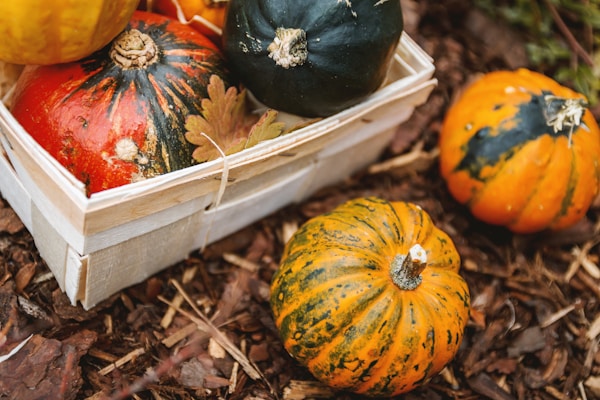Choosing the right squash for your climate can mean the difference between a bountiful harvest and a disappointing one. There are many different varieties of squash, and some grow better in certain conditions than others. In this article, we’ll share some tips on how to grow squash in your climate. Keep reading to learn more.
Introduction to Squash

There are many different types of squash, but the most common are zucchini, yellow squash, butternut, acorn, pumpkin, and spaghetti. The different types are typically grouped into one of two categories: winter squash or summer squash.
Zucchini and yellow squash are types of summer squash that can be eaten cooked or raw. Zucchini is a long, green summer squash that is often used in recipes like zucchini bread or fried zucchini. Yellow squash is another summer squash that is similar in flavor to zucchini but has a bright yellow color.
Butternut and acorn are types of winter squash that are sweet in flavor and often used in soups or roasted whole.
Spaghetti squash is a long, yellow squash that has a hard, ridged skin. When cooked, the flesh separates into spaghetti-like strands. Spaghetti squash can be roasted, boiled, or microwaved.
Pumpkin is a large squash that is popular during the fall season. The flesh is orange and very smooth and sweet. Pumpkins can be roasted, boiled, or mashed—or carved into jack-o-lanterns.
Choosing the Right Squash for Your Climate
The best way to determine which squash variety will work best for you is to check the hardiness zone map. The map divides North America into 11 zones based on the average minimum temperature each zone experiences during winter. Another way to find the right squash for your climate is to talk to your local extension agent or fellow gardeners. They can tell you which varieties do well in your area and what to expect from them.
If you live in an area with a short growing season, you’ll want to choose a variety that matures quickly. If you live in a warm climate, you can grow most types of squash. However, if you live in a cooler climate, you will need to choose a variety that is suited for your area. For example, pumpkins and winter squashes do not grow as well in warm climates and should be grown in areas with cool winters.
When choosing squash, make sure to consider the size of the fruit as well. Some varieties produce large fruits while others produce smaller fruits. If you have limited space in your garden, choose a variety that produces smaller fruits.
Growing Your Squash

Squash is a warm weather crop that needs plenty of sunlight and water to thrive. They grow on vines that spread out across the ground, so they require plenty of space in your garden. The best way to ensure that your squash plants get enough water is to water them regularly and provide them with plenty of nutrients. Nitrogen is especially important for squash plants, so be sure to add fertilizer to your watering can when you water them.
The amount of water and fertilizer the plants need will vary depending on the variety. Some varieties, like zucchini, are drought tolerant and don’t need a lot of water. Others, like acorn squash, need plenty of water to produce healthy fruits.
Harvesting Your Squash
Summer squash plants are typically harvested when they are small before the skin becomes tough and the seeds inside the fruit have fully matured. The harvesting process typically begins about 55 to 60 days after the squash plants have been transplanted into the garden.
If you are harvesting winter squash, wait until the fruit is bigger. The skin should be tough and the seeds inside the fruit should be fully mature. Winter squash can be harvested when the fruit is still green or when it has turned a deep orange or yellow color.
Overall, it is important to choose the right variety of squash for your climate. By selecting the right type of squash for your environment, you can ensure that your harvest is a bountiful one!





